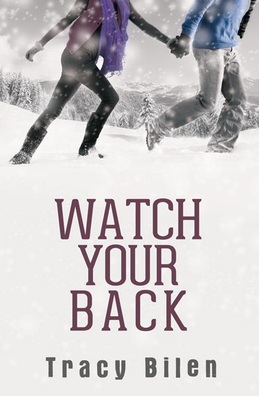
Here's a short description of the novel:
When sixteen-year-old Kate hears the boom that ends her parents’ life, she doesn’t even realize it has anything to do with her. Until the police arrive at her front door.
Sent to live with her aunt at a ski school in Vermont, Kate tries to adapt to her new life. But then Kate’s aunt is hit by a speeding car and a rogue FBI agent tries to force Kate into his car at gunpoint. She’s saved by Ryan, the risk-taking skier she’s only just met.
On the run, the two must unravel the truth about her parents’ murder in order to stop a terrorist plot and save their own lives.
Stay in touch with Tracy at www.tracybilen.com or at YA Fusion.
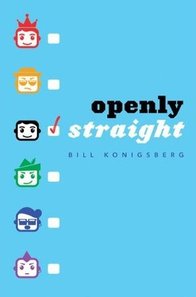
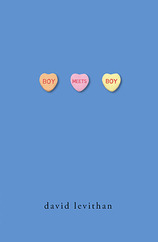
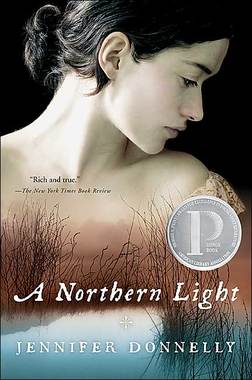
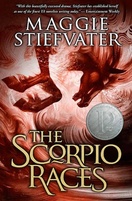
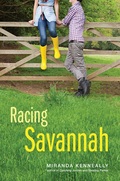

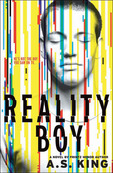
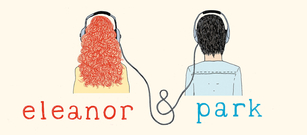
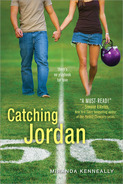

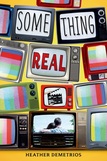

 RSS Feed
RSS Feed